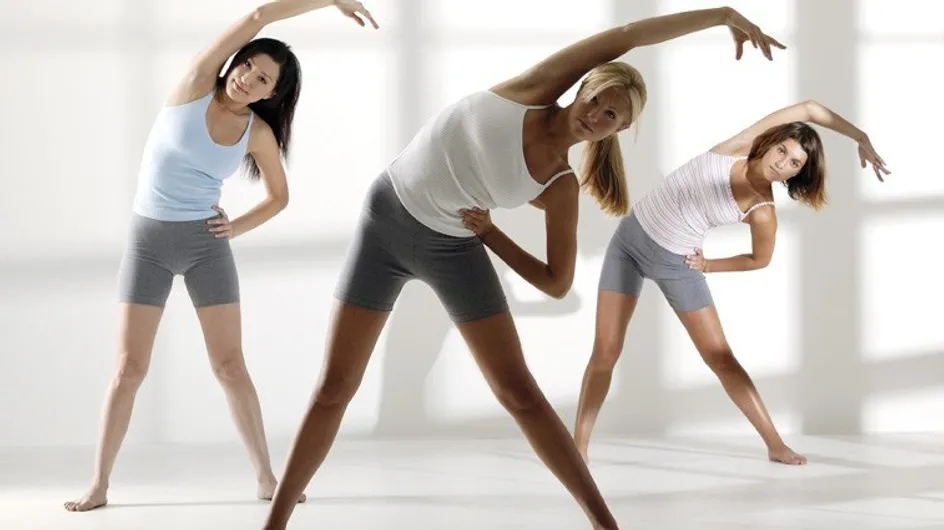Stretching is a gentle form of exercise which helps flexibility and strengthens the whole body, delaying the effects of ageing and bringing about wellbeing and relaxation.
The idea
Stretching is a way of stretching the muscles, a mix of practices derived from traditional gymnastics, classical dance and yoga.
It’s done on the floor on a mat and you wear comfortable, loose clothes. The room must be aired to help breathing work, but at a moderate temperature (20 degrees) and not affected by currents of air so that you don't get cold. In good weather, it can be done outside in a park or garden, for example.
Stretching can be a discipline in its own right (stretching lessons) but can also be integrated into other disciplines (running, jogging, aerobics etc), either as a warm-up at the beginning of a session or as a cool-down at the end of a session (or both: a 15 minute stretching session integrated into the workout).
It involves stretching all the muscles in the body one by one, in a slow and precise way. Although they can seem simple, stretching movements are relatively complex and their execution requires a lot of concentration and rigour.
It has to be done slowly. The basic idea is passive stretching: you need to remain immobile, concentrate on a position and breathe deeply, trying to go further with each exhalation. By releasing muscular tension, breathing dictates a large part of the movement.
The benefits
Accessible to all, stretching improves flexibility not only in the muscles but also the joints, tendons, ligaments and connective tissue. It limits the effects of ageing and corrects the many imbalances in the body caused by unnatural positions that modern life inflicts on us every day. It gives you better posture, a better perception of your body and makes you more supple.
Through its work on breathing and tension release, both mentally and physically, it also puts you in a deep state of wellbeing and relaxation and also develops breathing capacity.
For sporty types, stretching is an effective complement to other types of exercise such as cycling, running, hiking, skiing and swimming. At the beginning of a session, stretching helps prevent sprains and muscle tears. At the end of a session or shortly afterwards, it lengthens the muscles (they shrink when you exercise), re-balances the body's schema (position of the spine) and limits cramps or aches by helping eliminate toxins.
Rules
For optimal risk-free stretching, start by having lessons with a qualified instructor.
Stretching requires patience and gentleness: you should never force a tensed joint or a contracted muscle. You need to take it gradually because the muscle fibres need to adapt.
To start off on the right foot, have a few stretches as soon as you wake up. To recuperate from a day at the office, for example, stretch in the evening to relax your muscles.
For more effectiveness, you need to stretch for long enough, relax and work symmetrically (right then left, or vice versa).













